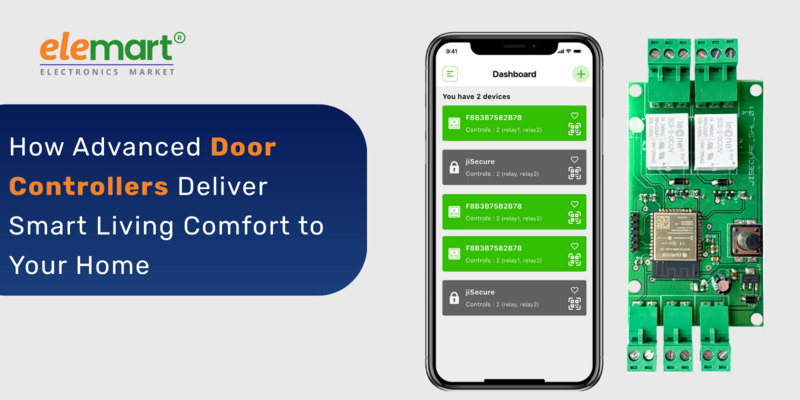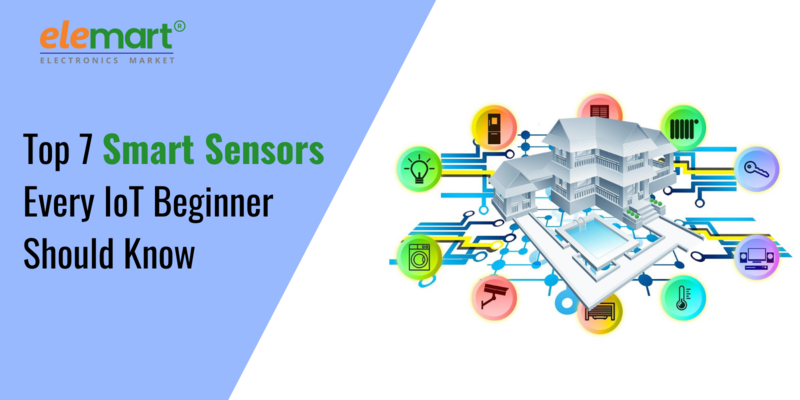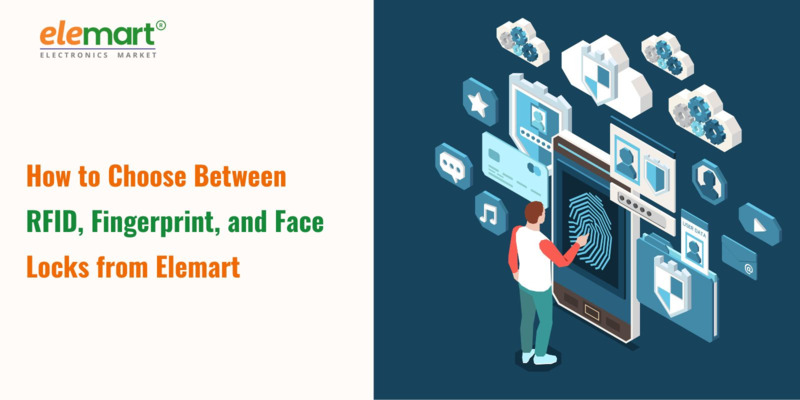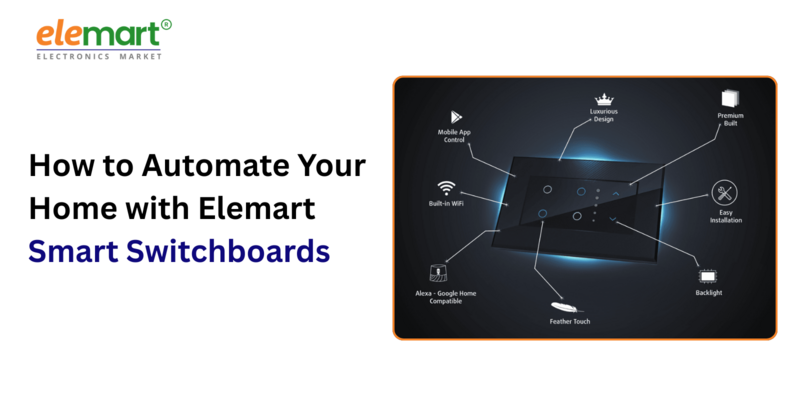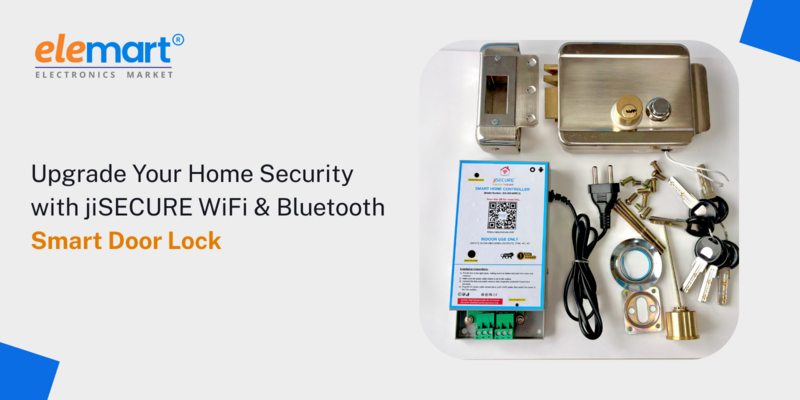- Jul 08, 2025
- Smart Home
- 403
Share this post on:
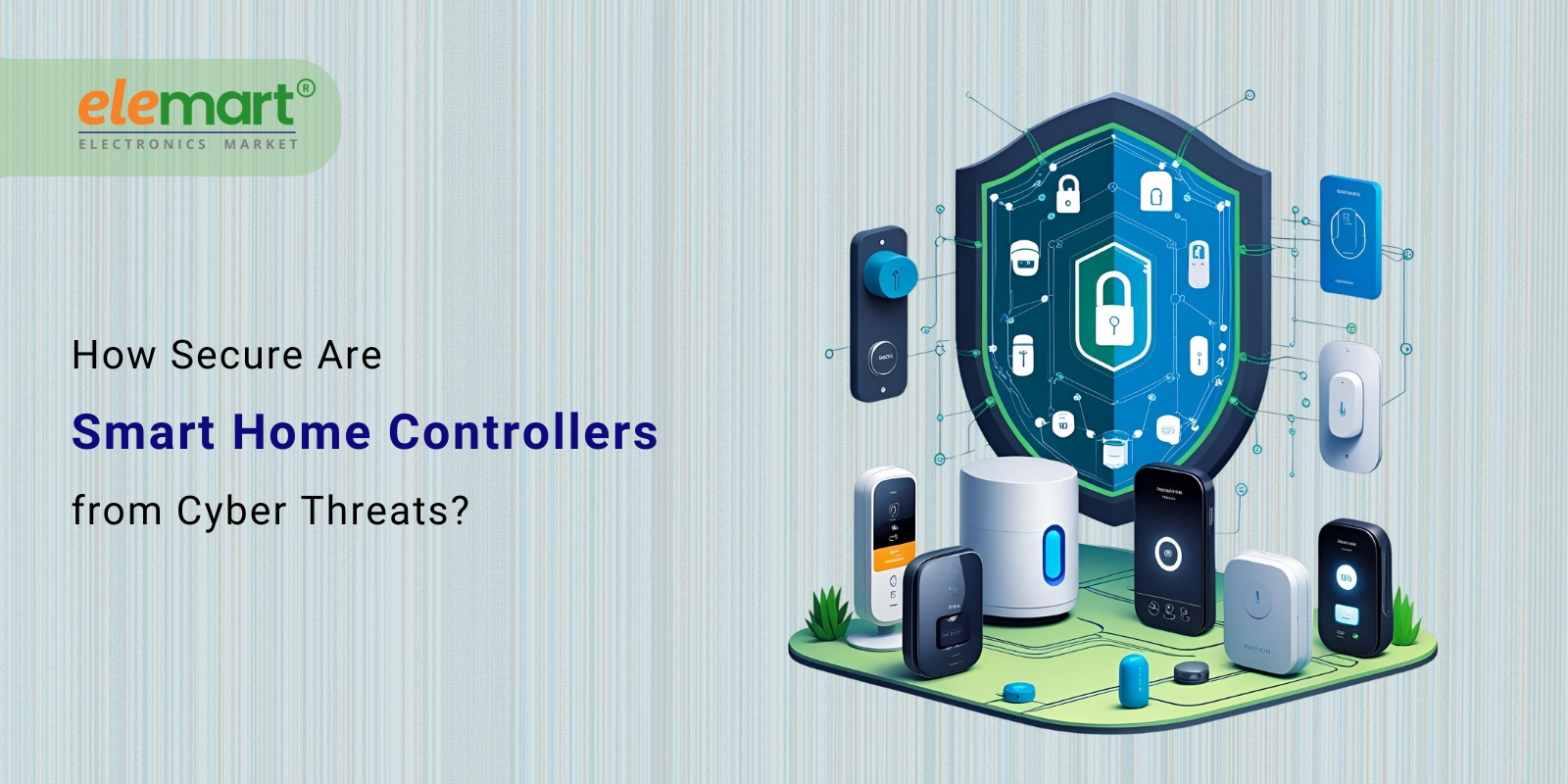
The allure of a smart home is undeniable. Imagine controlling your lights, thermostat, and security system with a voice command, all from the convenience of your smartphone. Smart home controllers, the brains behind this connected ecosystem, promise unparalleled convenience and energy efficiency. But with increasing connectivity comes increasing risk. How secure are these devices really from cyber threats? This blog post dives deep into the vulnerabilities, potential risks, and practical steps you can take to protect your smart home.
What is a Smart Home Controller, and Why is it a Target?
At its core, a smart home controller (also often called a hub) acts as a central point of communication for your smart devices. It translates instructions from your smartphone, voice assistants (like Alexa or Google Assistant), or other devices and sends them to your connected appliances, lights, locks, and more. Popular examples include:
- Amazon Echo (with a built-in hub): Integrates Alexa voice control with smart home functionality.
- Google Nest Hub: Similar to Echo, leveraging Google Assistant.
- Samsung SmartThings Hub: A versatile hub supporting various protocols (Zigbee, Z-Wave, Wi-Fi).
- Hubitat Elevation: A local processing hub emphasizing privacy and reliability.
- Apple HomePod (with HomeKit): Leverages Apple's HomeKit platform.
These controllers are attractive targets for cybercriminals for a few key reasons:
- Central Point of Access: Compromising the controller often grants access to everything connected to it. A single vulnerability can unlock your entire home's security.
- Large Attack Surface: Smart home controllers interact with a wide range of devices, each potentially introducing new vulnerabilities.
- Often Poor Security Practices: Many users fail to follow basic security hygiene, leaving their controllers exposed.
- Data Collection: Smart home devices collect valuable data about your habits and routines, information that can be used for identity theft or targeted advertising.
- Potential for Physical Harm: While less common, compromised devices could theoretically be used to cause physical harm (e.g., disabling security systems, manipulating thermostats to extreme temperatures).
Common Cyber Threats Targeting Smart Home Controllers
Let's explore some of the specific threats you need to be aware of:
- Weak Passwords: This is the most common vulnerability. The default username/password combinations for many devices are widely known and easily exploited. Even changing the default password to something simple (“password123”) is not enough.
- Unsecured Wi-Fi Networks: If your home Wi-Fi network is poorly secured, attackers can gain access to your entire network, including your smart home controller. This is a foundational risk – securing your Wi-Fi is paramount.
- Malware Infections: Like any computer, smart home controllers can be infected with malware. This can happen through compromised apps, malicious firmware updates, or even through vulnerabilities in connected devices.
- Man-in-the-Middle Attacks: Attackers can intercept communications between your controller and your devices, potentially stealing data or manipulating commands.
- Denial-of-Service (DoS) Attacks: Overwhelming the controller with traffic, rendering it unresponsive and disrupting your smart home functionality. While inconvenient, DoS attacks are often a precursor to more serious attacks.
- Firmware Vulnerabilities: Bugs in the software running on the controller can be exploited by attackers. It's crucial to keep firmware updated.
- Cloud Vulnerabilities: Many smart home systems rely on cloud services for functionality. Vulnerabilities in these cloud platforms can compromise your data and devices.
- Compromised Apps: Third-party apps that interact with your smart home devices can be exploited if they contain vulnerabilities.
Understanding the Protocols: Zigbee, Z-Wave, Wi-Fi, and Bluetooth
The communication protocols used by smart home devices impact their security:
- Zigbee & Z-Wave: These are mesh networking protocols designed specifically for home automation. They generally offer better security than Wi-Fi because they use encryption and are less susceptible to external attacks. However, older versions of these protocols have known vulnerabilities. The mesh network structure also offers some resilience – if one device fails, the network can often re-route communication.
- Wi-Fi: While convenient, Wi-Fi is the least secure protocol due to its widespread use and exposure to external threats. Strong Wi-Fi security (WPA3 encryption, strong password) is essential.
- Bluetooth: Primarily used for short-range communication, Bluetooth vulnerabilities can be exploited if devices are within range of an attacker.
Practical Steps to Secure Your Smart Home Controller
Now for the crucial part – what you can do to protect your smart home:
- Change Default Passwords Immediately: This is non-negotiable. Use strong, unique passwords for your controller and all connected devices. A password manager can be invaluable for generating and storing these.
- Secure Your Wi-Fi Network:
- Use WPA3 Encryption: This is the most secure Wi-Fi encryption protocol.
- Strong Password: Create a long, complex password that’s difficult to guess.
- Enable Guest Network: Provide guests with a separate Wi-Fi network to prevent them from accessing your main network.
- Disable WPS: WPS (Wi-Fi Protected Setup) is often vulnerable to attacks.
- Keep Firmware Updated: Enable automatic firmware updates whenever possible. If automatic updates aren’t available, regularly check the manufacturer’s website for updates and install them promptly.
- Segment Your Network (Advanced): Consider creating a separate VLAN (Virtual LAN) for your smart home devices to isolate them from your main network. This prevents a compromised device from accessing sensitive data on your computers and smartphones.
- Two-Factor Authentication (2FA): Enable 2FA whenever possible for your smart home accounts. This adds an extra layer of security beyond just a password.
- Review Device Permissions: Carefully review the permissions requested by smart home apps. Grant only the permissions necessary for the app to function.
- Disable Unused Features: Turn off any features or services you don't use. The fewer features enabled, the smaller the attack surface.
- Research Device Security: Before purchasing a smart home device, research its security reputation. Look for reviews and articles discussing its vulnerability history.
- Consider a Local Processing Hub: Hubitat Elevation and similar hubs process commands locally, reducing reliance on cloud services and improving privacy and reliability.
- Regular Security Audits: Periodically review your smart home configuration and security settings.
The Future of Smart Home Security
The smart home landscape is constantly evolving, and so are the threats. Here are some trends shaping the future of smart home security:
- Increased Focus on Privacy: Consumers are demanding greater control over their data and increased privacy.
- Zero-Trust Security Models: This approach assumes that no user or device is inherently trustworthy and requires verification before granting access.
- Blockchain Technology: Potential for using blockchain to secure device identities and communication.
- AI-Powered Threat Detection: Using artificial intelligence to identify and respond to security threats in real-time.
Conclusion:
Smart home controllers bring powerful convenience—but also introduce complex cybersecurity challenges. While leading manufacturers and regulators are making strides toward improved security through updated protocols, certifications, and AI-enhanced protections, the overall safety of these devices still heavily depends on user awareness and proactive configuration.
No smart home controller is secure by default. Left unpatched, poorly configured, or connected to untrusted devices, even the most advanced hub can become a backdoor into your personal space. From surveillance camera hijacks to network breaches via IoT lightbulbs, attackers exploit weak links wherever they exist.
Ultimately, a secure smart home is not just about the technology you install—but how you manage and maintain it. Think of your home as a digital ecosystem that requires the same vigilance as a small business network. With the right precautions, smart home controllers can remain an asset—not a liability—in your connected life.






